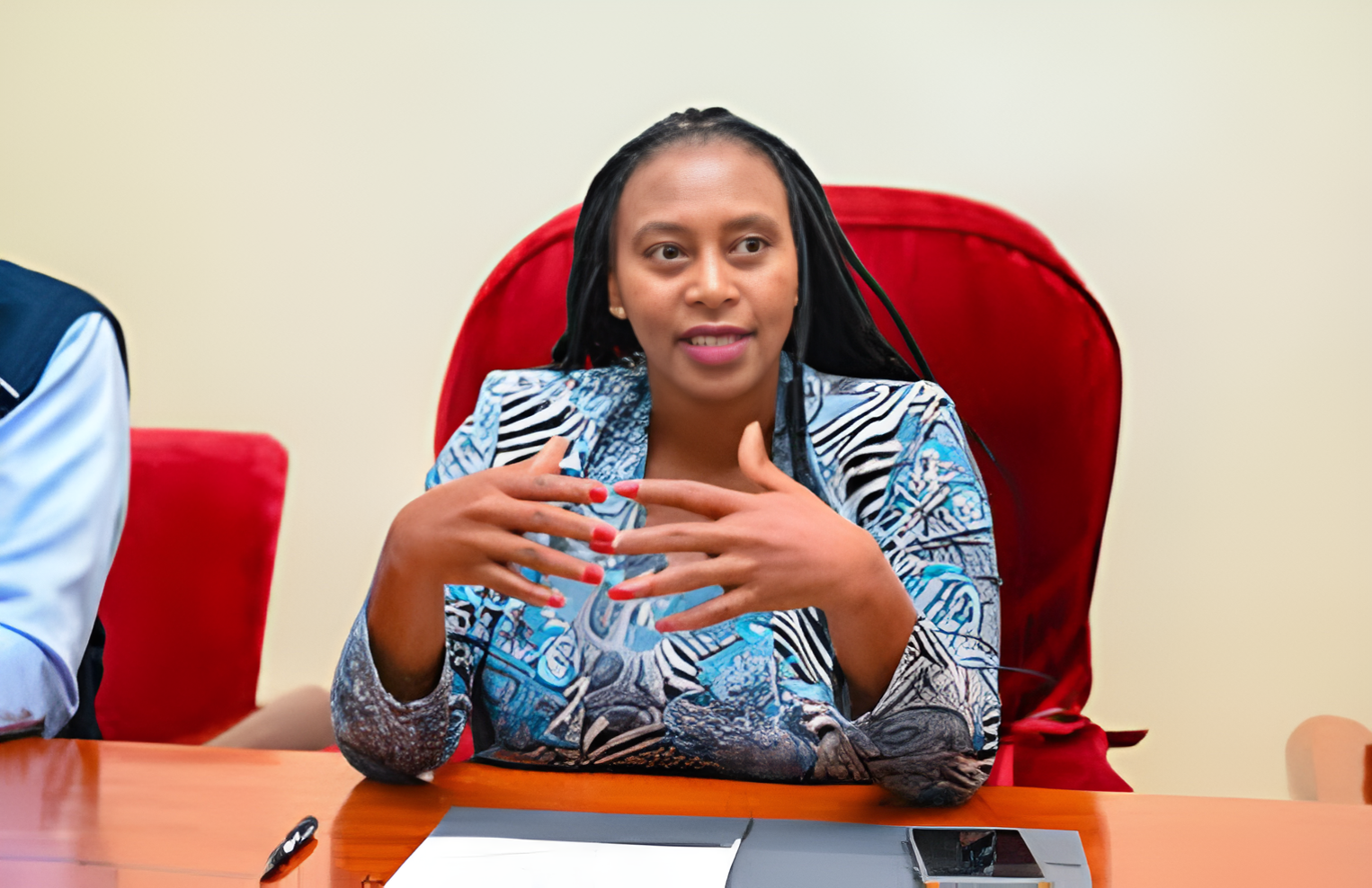In Kenya today, drug and substance abuse has grown into a deep-rooted crisis, affecting people from all walks of life. With approximately 4.7 million individuals between the ages of 15 and 65 struggling with addiction, the problem is no longer confined to specific regions or social classes. Alcohol, tobacco, khat, and cannabis remain the most commonly abused substances, but new trends, including hard drugs like heroin and cocaine, have found their way into communities, especially among young people.
The consequences are devastating. Families are being torn apart as addiction leads to domestic conflicts, economic strain, and increased mental health issues. Communities struggle with rising crime rates, while hospitals face an overwhelming number of patients suffering from substance-related illnesses. Young people, once full of promise, find themselves trapped in a cycle of dependency, unable to pursue education, employment, or personal growth.
A Multifaceted Approach: The Government’s Role
Recognizing the urgency of the crisis, the government, through the State Department for Public Health and Professional Standards, has rolled out a broad strategy to combat drug and substance abuse. However, addressing this issue requires more than just government intervention—it demands collaboration among county governments, law enforcement agencies, schools, healthcare professionals, religious organizations, and the general public.
A key milestone in this fight is the inclusion of addiction treatment in the Social Health Insurance Fund (SHIF), which makes rehabilitation services more accessible to those in need. Historically, many individuals struggling with addiction have been unable to afford treatment, forcing them to either suffer in silence or seek unreliable and sometimes dangerous alternatives. By integrating addiction treatment into public healthcare financing, the government is ensuring that more people can receive the help they need without financial barriers.
Additionally, the government plans to establish rehabilitation centers in areas heavily affected by substance abuse. These centers will provide professional support, including detoxification, counseling, vocational training, and reintegration programs to help recovering individuals rebuild their lives.
Another critical move is the strengthening of tobacco control laws. The government has proposed graphic health warnings on cigarette packaging, stricter regulations on tobacco advertising, and updated amendments to the Tobacco Control Act of 2007. These measures are designed to discourage tobacco use, especially among young people, and create awareness about the long-term health risks associated with smoking.
The Human Cost of Drug Abuse: Real-Life Stories
The numbers may be staggering, but the real impact of drug and substance abuse is best understood through personal experiences.
Kevin*, a 23-year-old from Nairobi, battled heroin addiction for several years. What started as casual experimentation with friends soon spiraled into full-blown dependency. Unable to sustain his habit, Kevin turned to theft and fraud, isolating himself from family and friends. His breakthrough came when a non-governmental organization (NGO) specializing in addiction recovery took him in. Through rehabilitation, therapy, and vocational training, he found a second chance. Today, Kevin is a peer educator, helping others break free from addiction.
Margaret*, a mother from Kiambu, watched helplessly as her 19-year-old son, Peter, descended into alcohol addiction. His drinking started in high school due to peer pressure, but by the time he joined college, it had escalated to an uncontrollable level. Margaret struggled to find an affordable rehabilitation center, and the family turned to a community church program that offered counseling and support. Stories like these highlight the urgent need for accessible, well-funded rehabilitation services across the country.
Learning from Global Success Stories
While Kenya grapples with its drug crisis, other nations have developed successful models that could serve as valuable lessons.
In Rwanda, the government has implemented a nationwide community-based rehabilitation model, ensuring that addiction treatment is available at the grassroots level. Their Isange One-Stop Centres offer comprehensive support, including medical, psychological, and legal assistance, providing individuals with a real chance at recovery.
Portugal took a radical but effective approach by decriminalizing drug use and focusing on treatment over punishment. This shift has significantly reduced drug-related deaths and improved public health outcomes by encouraging users to seek help without fear of legal consequences.
In the United States, states like Vermont have embraced the hub-and-spoke model, where primary care providers work closely with specialized addiction treatment centers. This ensures that individuals receive continuous care from detox to full rehabilitation, helping them integrate back into society.

